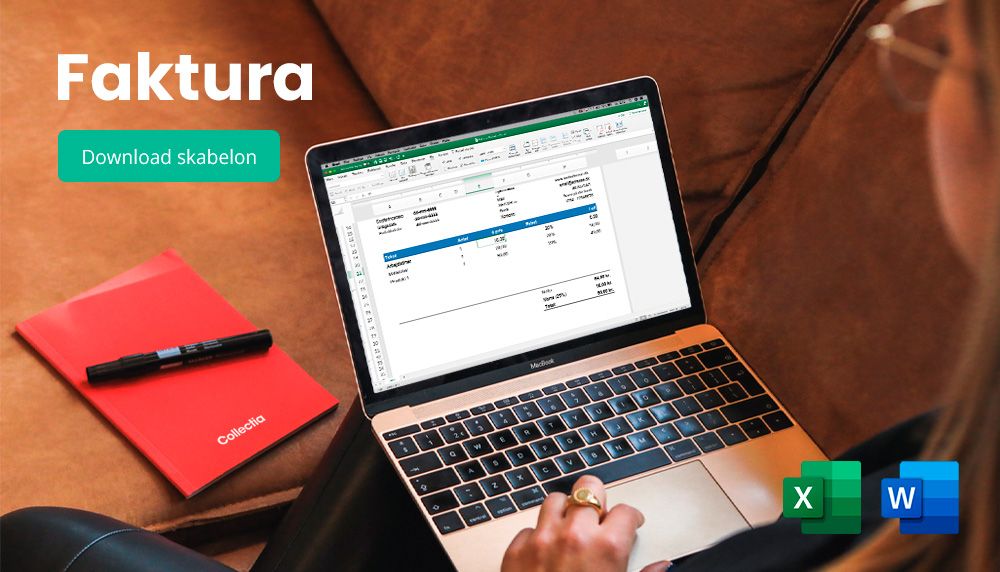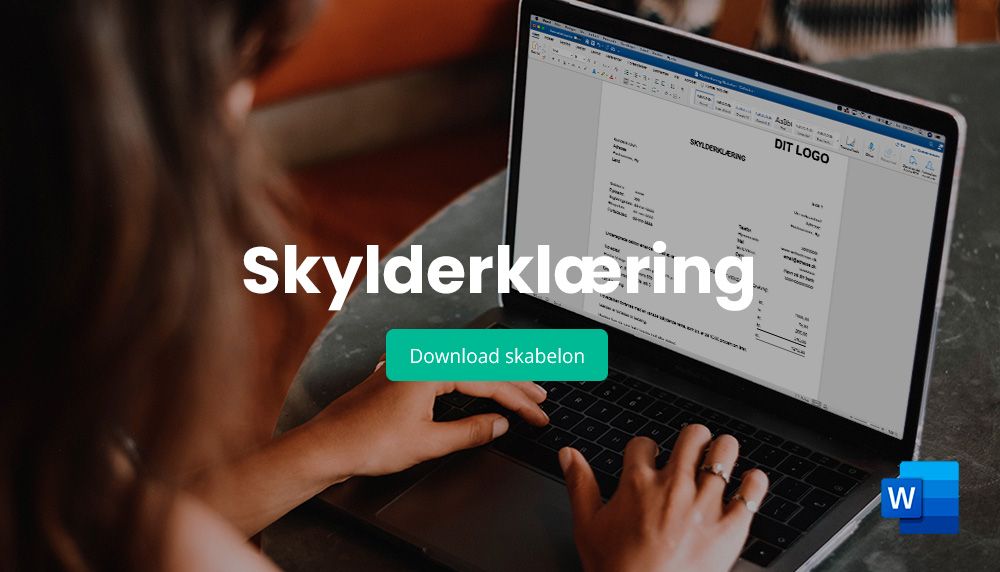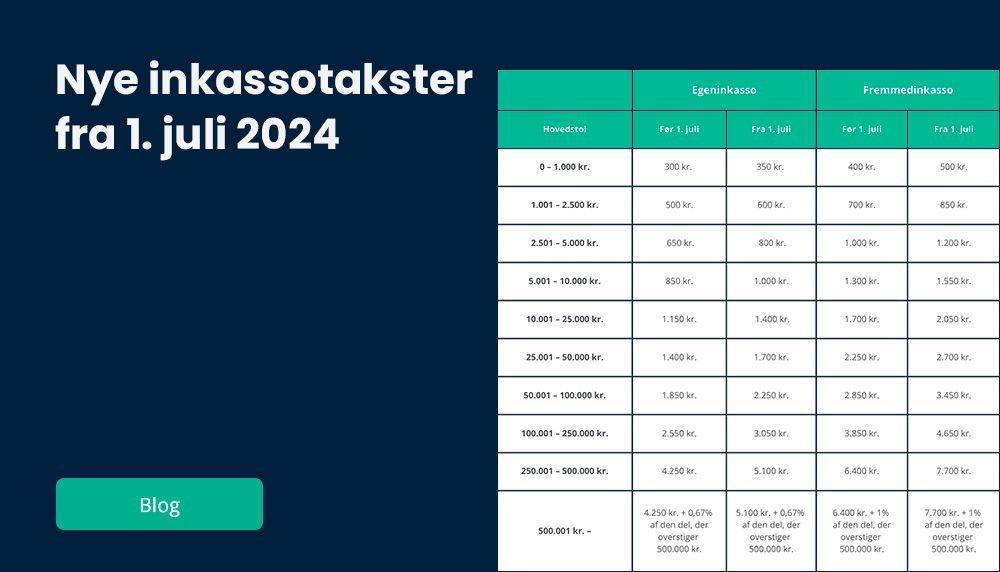
Debt instrument law
The original version of the Danish Act on Debt Instruments, or commonly referred to as the Debt Instruments Act, dates back to 1986, but has been continuously revised, e.g. in 1995, 2006 and 2014.
The Debt Instrument Act regulates the applicable rules and requirements that apply to a debt instrument created in connection with a loan relationship between a debtor and a creditor - borrower and lender.
The Danish Debt Instruments Act provides the basic framework for debt instruments in Denmark and aims to ensure that both debtor and creditor / lender and borrower's rights and obligations are secured in the best possible way.
For example, the Debt Instrument Act sets the framework for the statute of limitations for debt instruments.
If you have questions about the individual chapters of the Debt Obligations Act, we recommend that you seek legal assistance.
What is a promissory note?
A promissory note is a legally binding document that documents a written agreement between two parties - typically a debtor and a creditor - or a lender and a borrower.
The promissory note typically states matters such as the amount of the loan, any interest, repayment of the loan, the generalia of the parties, etc.
Two types of debt instruments under the Debt Instrument Act
The Debt Instrument Act deals with two types of debt instruments, respectively the turnover debt instrument (chapter 2) and simple debt instruments (chapter 3).
In common parlance, these two forms of promissory note are also referred to as a negotiable promissory note and a simple promissory note.
Current account debt instruments are according to the definitions in the Danish Debt Instruments Act:
- A promissory note that requires payment to a bearer or specifies to whom the debt is payable.
- Promissory notes that require payment to specific persons or orders (order promissory note).
- Debt instruments granting a lien on registered ships or aircraft.
A simple promissory note is characterized by stating who the promissory note is for, but not being about turnover. In other words, if the promissory note is not a commercial promissory note, it will always be a simple promissory note.
Debt instrument law requirements for limitation
If you want to know more about the statute of limitations of a promissory note, you can find the answer in the Danish Promissory Note Act.
The Debt Instrument Act sets the framework for the limitation of a debt instrument.
The Debt Obligations Act states that a simple promissory note expires after 10 years - from the due date - while a negotiable promissory note is 3 years from the due date.
In other words, if the borrower fails to pay the lender within the limitation period, the lender loses its legal right to reclaim the money - and thus cannot use the court, a debt collection agency or a lawyer to collect it.
A similar situation applies to invoice requirements.











